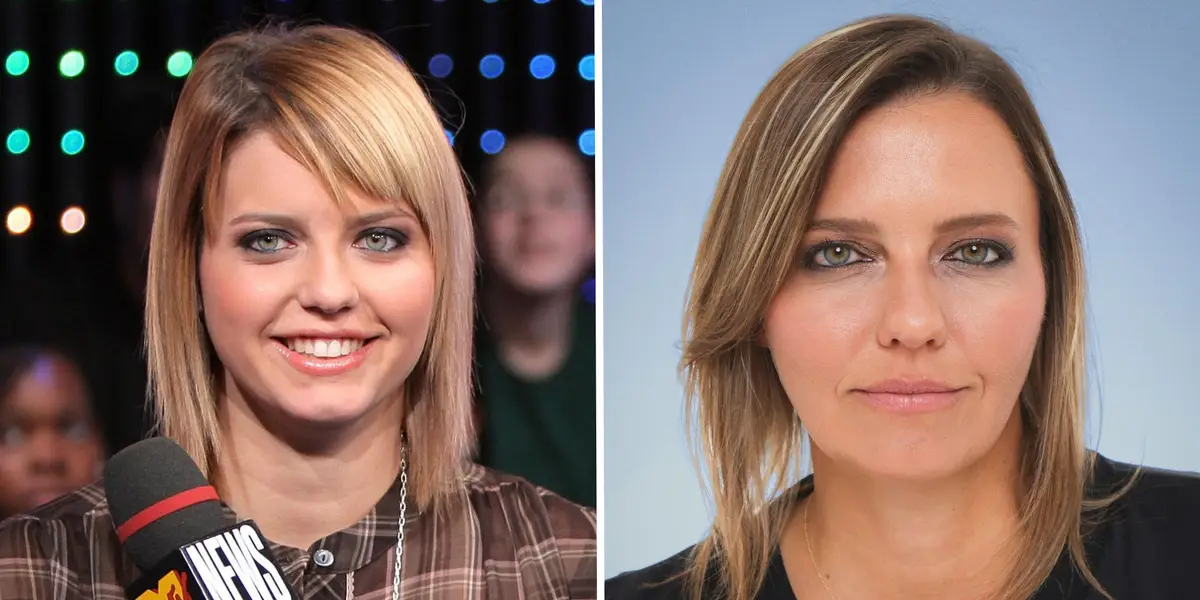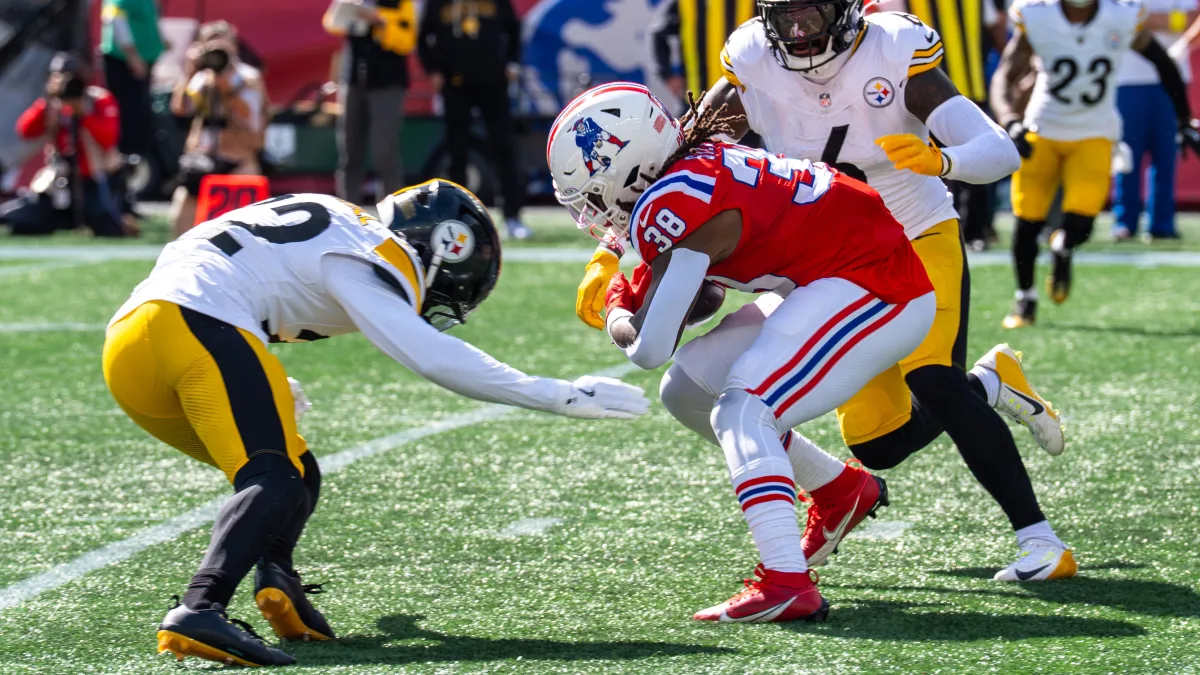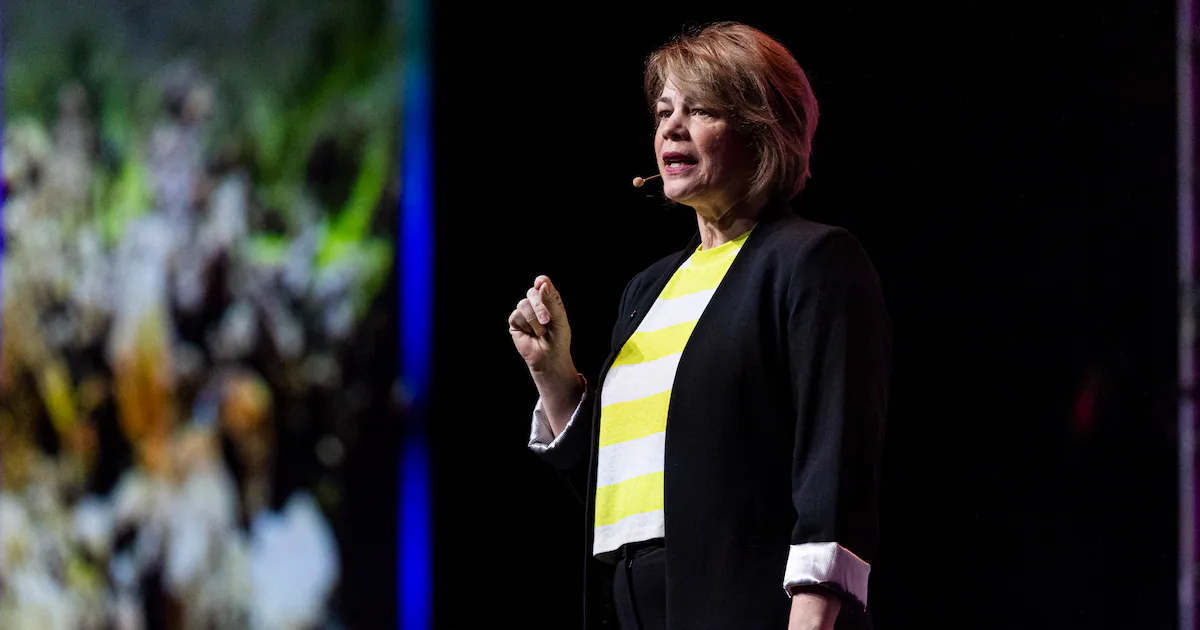
Kim Stolz is a private client advisor at Bank of America Private Bank, managing the fortunes of ultrawealthy families. She was first introduced to millions on “America’s Next Top Model” and as an MTV host. She pivoted to Wall Street in 2010, working at firms like BTIG and Citi before joining Bank of America in 2014. Business Insider featured Stolz as an industry rising star in 2018.
In a new interview, Stolz, 42, recalled the steps she took to break into finance, including begging for an internship, and how she rose from there. Her comments have been edited for length and clarity.
Moving on from MTV
I was at MTV as a news anchor/VJ, and I spent four wonderful years there. I did some of the most amazing interviews and felt so lucky that I was given that opportunity. As that fourth year got underway, I saw the writing on the wall that MTV was moving away from music, away from presenters, and more toward reality television. Not only did I not really want to be a part of that, but I knew that at some point, my days were going to be numbered.
So I took some time off and thought about what I wanted.
I applied to and got into law school, but I realized that it was not the right choice for me. I talked to a few people who worked on trading desks who suggested trading because I had been an athlete my whole life, and love team-oriented businesses and activities. I was strong at math and followed the markets, so I spent some time shadowing at bulge bracket banks and understanding their structures. The promotion structure at the large banks was so rigid that I knew I’d be five years behind everyone else for a pretty long time, and I’m too impatient for that.
So, I found BTIG, a smaller shop where my friend worked, and I thought, “Well, let me just go check this place out and shadow her.” I walked in, and the energy, camaraderie, and competition really drew me in.
And again, I had no experience. So I asked her who was in charge, and I knocked on the door of cofounder Steven Starker’s office (who remains an amazing mentor and incredible person in my life). He was sitting in there, and I said, “You don’t know me. I’m Kim Stoltz. I am here just shadowing my friend.” And then I said: “Pay me nothing or pay me minimum wage, but make me an intern. Just give me a badge and let me walk in the door for six weeks, and I’ll prove to you I deserve a job here.”
Related stories
Business Insider tells the innovative stories you want to know
Business Insider tells the innovative stories you want to know
He made me an intern.
Trial by fire and nonstop networking
As an intern, I spent time with all the desks. And after the fifth week, I was offered a role as a trading assistant on the equity derivatives desk. I learned pretty quickly that at a shop like that, you’ve got to network and do business and build it. As soon as I understood the product and I was able to get a little bit more autonomy, I spent the next year or so going to every event I could find and networking 24/7.
It was trial by fire. I made mistakes, and I paid for those mistakes both literally and figuratively. But over time, you learn.
After a few years, one of my clients got a role as global head of trading at PIMCO, which traded a type of business BTIG didn’t handle. He said, “I don’t want to lose you as my coverage. I don’t have anyone covering me at Citi. Would you talk to Citi?” I thought, well, now I can kind of break in.
After one year at BTIG, I was already a VP. I went over to Citi as a VP — I had caught up with everyone. I circumvented the system a little bit, and everything just grew from there.
Broker to private banker
After my time as head of prime brokerage sales at Bank of America, I had a short stint in senior relationship management, a role within the bank that manages relationships with top clients in the markets business. It’s a wonderful role, but it was a step away from production and the action, in my view. It just wasn’t for me. I really wanted to get back to my roots of truly producing and forming client relationships.
I was talking to one of my mentors in the firm, and she said that Katy Knox, president of the private bank, had been looking to grow the private client advisor team and that they had had some great success bringing people over from markets and trading desks. I connected with Katy immediately and thought — and still think — that she is an incredible leader. And after meeting her colleagues, I just really loved the culture.
Of course, it was a risk. I mean, I was used to covering hedge funds and asset managers and kind of finding ways to do business with entities. To shift the focus to doing business with people, their families — it’s very different. Can you trust me to manage your family and your next generation’s wealth?
I bet on myself, took a risk, and made sure I had support.
I joined the private bank during COVID, which didn’t make it easy because you want to meet people face to face. But I spent those first few months just learning everything. I asked to be put with someone who knows this business front to back and has encyclopedic knowledge, which is my private client manager, Bob Cutajar. I’m out there finding clients, and he’s executing. He’s allowed me to be as successful as I have been. When you change roles, you need to know that there’s someone in your corner who will help you navigate your way through and support you when you need it.
In the end, I’ve loved every minute of it. It takes a lot of the qualities that I think made me successful on Wall Street to begin with, and kind of wraps them all up together in a way. It really harnesses the skills I have acquired throughout my life and my career — even before Wall Street.



